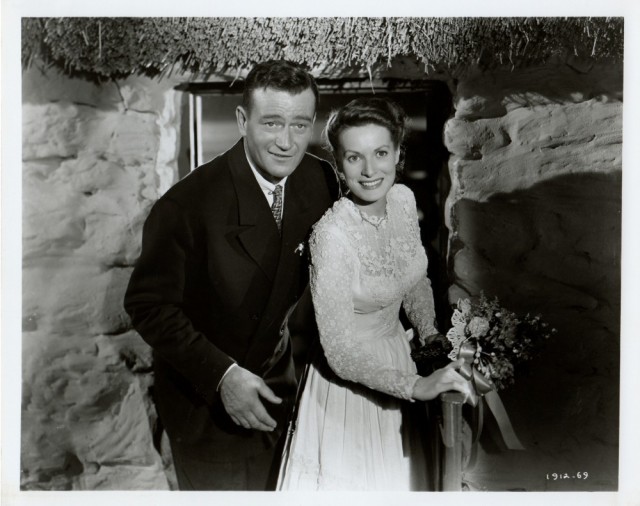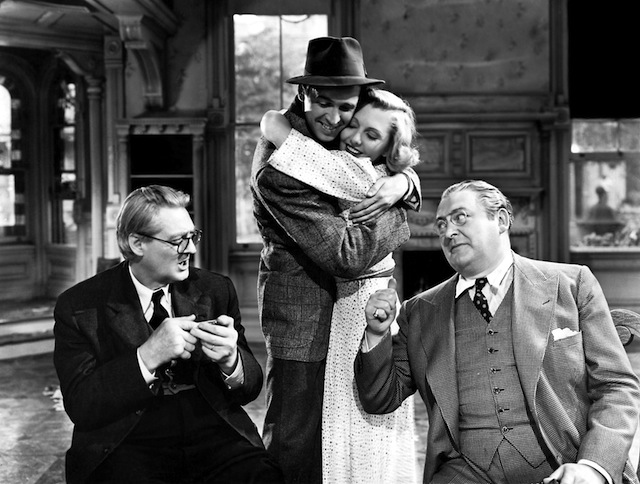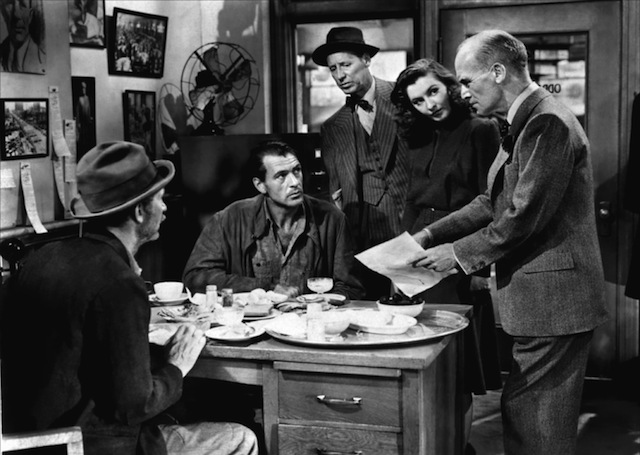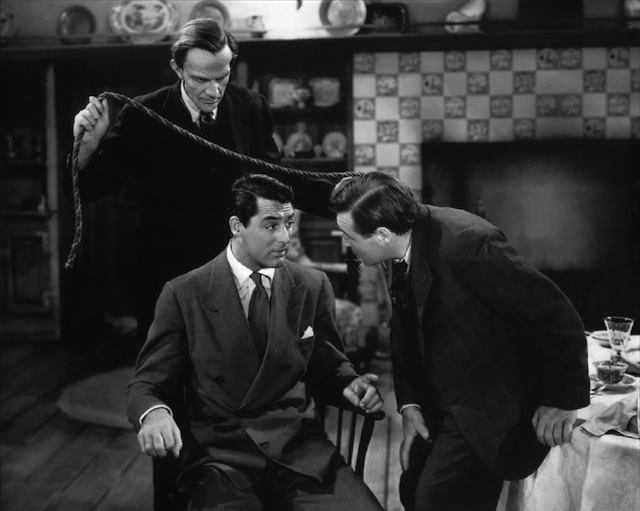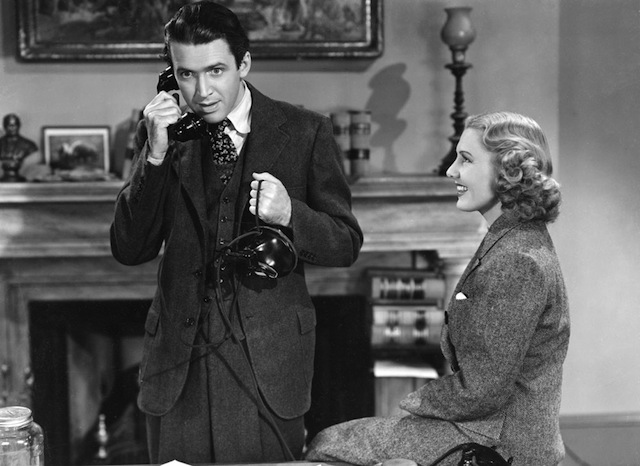This past Tuesday I had the pleasure of seeing Michael Curtiz’s Casablanca in a packed house at the AMC Lincoln Square in NYC. New York was one of the twenty cities selected to screen this all time classic as part of the Turner Classic Movies (TCM) 20th anniversary festivities. After seeing the film, a brainwave hit me for something I wanted to discuss: my new appreciation for watching the classics as they were meant to be seen – on the big screen.
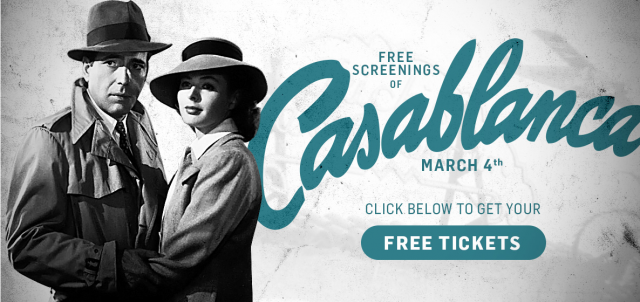
Yes it is something that I am getting more and more used to over the years, previously confining my exhibition of said films to home viewings. But a couple of years ago, my preferences started to shift when I asked my readers their thoughts on attending repertory movie theaters to watch restored/classic films. I did not however, take the opportunity to explain fully why I think it is a wonderful way to see such films, mainly due the low number of films I had seen this way. Allow me to do so now.
I know for some the idea of paying for a film or acquiring a free pass, seems like too much trouble, especially when you factor in that you have to leave the comfort of your own house; well I am here to tell you why I think everyone should try it at least once for the following reasons:
- Level of Detail: I am not stating any groundbreaking laws of physics or anything when I say the smaller the screen, the smaller all the objects and minor details, whether they reside in the background or foreground. In many of these cases, these objects/actions may have story significance. Seeing them projected on the big screen (obviously) magnifies their visual presence and emphasizes their importance. Remember that these films (made before televisions invaded domestic life) were made for ALL the detail to be seen since they were produced for exhibition and projection on a theater-size formatted screen.
- Audience Engagement: Sorry, but there is just something about seeing a film with an audience (of primarily strangers) that amplifies one’s viewing experience. It really becomes a community event, and barring any craziness with audience members (often the case in NYC) it is a friendly reminder and affirmation of a human desire to congregate around a shared purpose.
- It Takes You Back to Days of Yore: This point is a continuation of sorts to my discussion of level of detail (1). Because people my age are accustomed to watching “old”/classic movies on a television screen, we may not think of these actors and actresses of yesteryear as ‘larger than life.’ In doing so, we forget this is the only way audiences of the time pre-television saw their favorite performers. The stars were very much larger than life. It truly is a transformative experience to see Humphrey Bogart and Ingrid Bergman striding across the screen, with a presence like that of gods parading before a mass of humanity, sat lowly in their theater seats.
- Support for Your Local Community: On this point, I am a lucky gal indeed – I live in a major metropolitan area, so I am spoiled for choice when it comes to seeing older film at the in a theatre, whether it be a chain multiplex or smaller multi-screen house. But even if I venture, say 30-40 minutes outside of Midtown Manhattan, there are independent movie houses that exhibit new releases and first-run films in addition to offering screenings of restored classics to the community. No matter where you live take a moment to do a quick internet search and see what’s out there. And do not just limit to these indie theaters – libraries, schools, and museums also screen films on occasion.
